
MOVE
The six winter workouts you should be doing
Posted February 20, 2015
Just because the snow is falling doesn't mean you should be falling off the fitness wagon. Instead, use the winter months to revitalize your workout routine by adding in some new activities. Get out your winter gear and stay motivated with these six winter workouts.
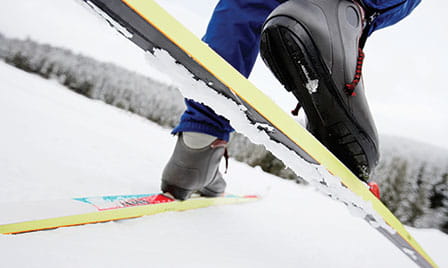
Nordic skiing
Nordic skiing is a low-impact activity that improves your cardiovascular fitness and endurance, torches a huge amount of calories since it is a whole-body workout, and improves your balance and strength. You can choose to classic ski (in the tracks) or skate ski on a wide, packed path. Either way, Nordic skiing will challenge your body to move in whole new ways than the typical motions of walking or running. If you are new to Nordic skiing you should take an introduction class to learn good technique; it’s better to learn how to ski correctly than to try and undo years of bad form and compensation.
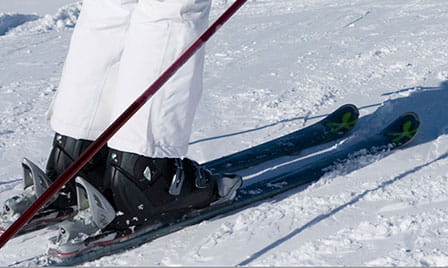
Alpine skiing
Alpine skiing is largely focused on body control and quick reaction to a changing environment. The sustained tuck position will engage your quads, hamstrings, adductors (inner thigh)and abductors (outer thigh) working together to keep you stable. Keeping your core muscles tight will also give you a stable base to move upon, help absorb any shock from bumpy terrain and improve reaction with your lower body. It won’t take long to improve your balance and body awareness – a little lean or change in position can make a huge difference when you are speeding down the slopes. Consider taking a lesson to learn good technique and always wear a helmet.
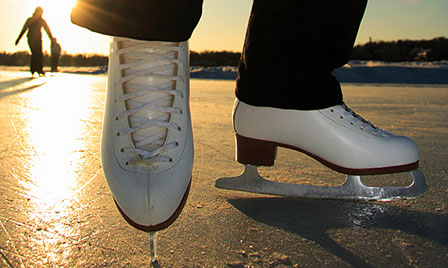
Ice skating
Ice skating is a low-impact activity and easy on the joints. You use a lot of small stabilizer muscles that don't get a workout in day-to-day life, especially those around your hips, knees and ankles. Because ice skating strengthens these smaller muscles, it helps you in other activities like running, skiing and yoga. The amount of calories you burn will depend on activity level, but skating outside will be a bit more of a workout because you'll have wind and bumpier ice to content with. If you are new to skating, head to an indoor rink where you'll likely be able to rent equipment and take individual or group lessons. Skating is a good social activity to try with your family or friends - there is lots of time to chat and admire one another's skills.
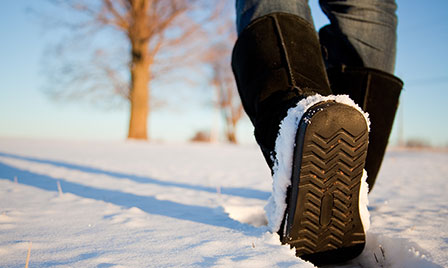
Hiking
You don't have to put away your hiking boots when the first snow falls. Winter is the perfect time to hit the trail; the crowds are gone and trails are beautiful after a fresh snowfall. Hiking in the cold and snow will burn more calories, by some estimates up to 50 percent more calories than in the summer. Bring hiking poles to help with balance and add an upper body workout to your hike. Make sure you prepare for your winter hike by dressing in warm layers, wearing above-the-ankle hiking boots and moisture wicking socks to keep your feet dry. There are many devices made to go over footwear to help you keep your footing in the ice and snow, such as YakTrax and Microspikes. You can even make your own by inserting short, hex screws into an old pair of running shoes. It's also important to stay hydrated and fueled, so bring high-energy snacks and water.
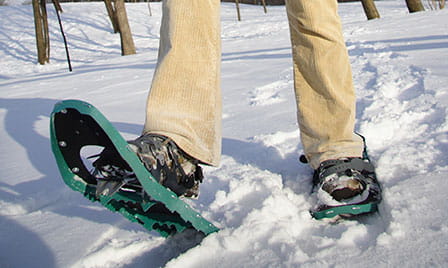
Snowshoeing
Forget that image of wicker and wood snowshoes hanging on the lodge wall. Today’s snowshoes are lightweight and durable aluminum that feel natural and move with you perfectly, even allowing you to run. The snow acts like a cushion making snowshoeing low-impact and easy on the knees. Snowshoes will let you get off the beaten path and explore parts of nature that others simply cannot access. If you’re looking for a challenge, snowshoe races are popping up across the metro, often in conjunction with fat bike or ski races.
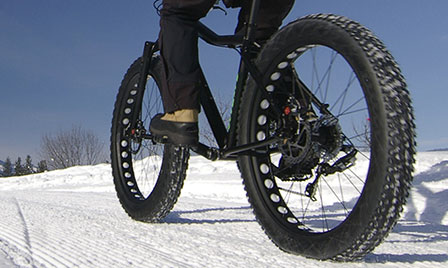
Fat bike
Keep your legs moving and your heart pumping on a bike all winter long with a fat bike; a bicycle with large, low pressure tires designed for travel over snow or sandy soil. The popularity of this sport is growing quickly in Minnesota where our long winters provide the perfect conditions. Not all trails should be used by fat bikers, visit the Department of Natural Resources website to find where to ride and where to avoid. There are bicycle races year-round in Minnesota including the fourth year of the Fatbike Frozen 40 on Valentine's Day at the Elm Creek Park Reserve.
-
St. Paul Parks and Recreation Board
Get active -
Endurance Sports Injury Clinic
Make an appointment
MORE ARTICLES LIKE THIS
Get fun, inspiring, provider-reviewed articles sent to your inbox.
Sign up for our email newsletter




